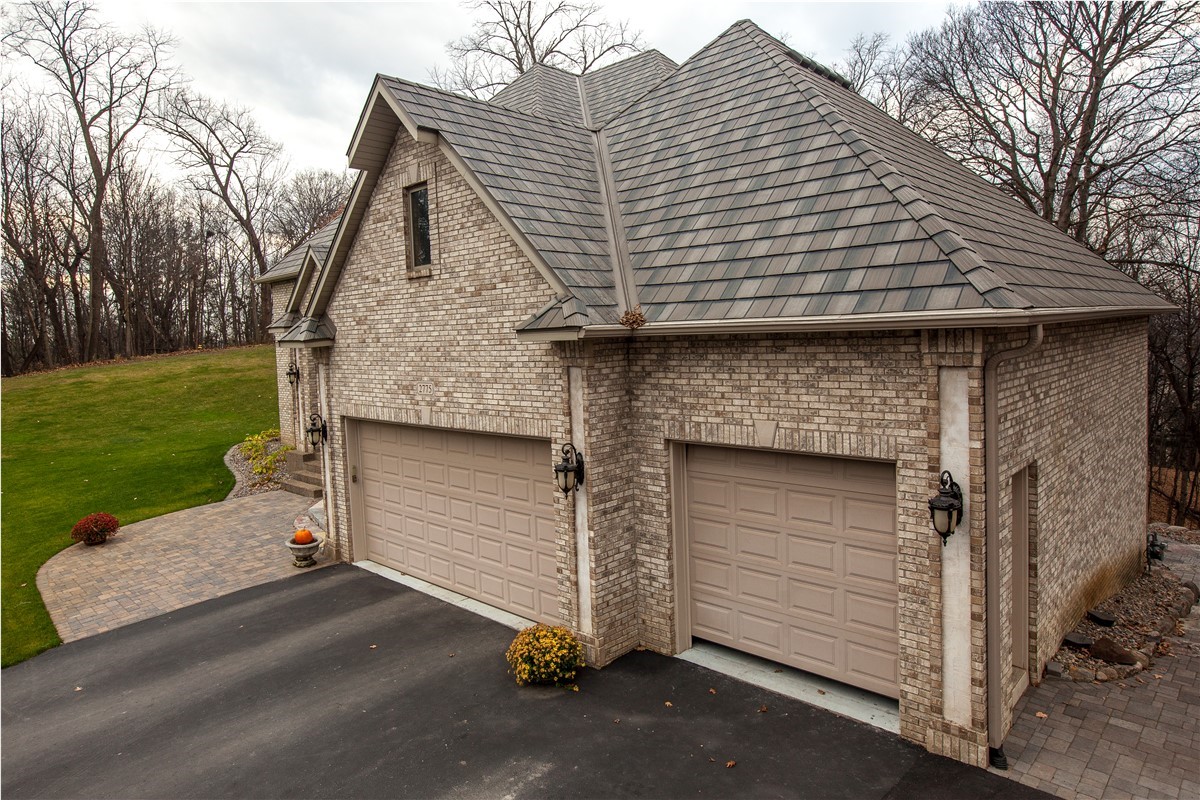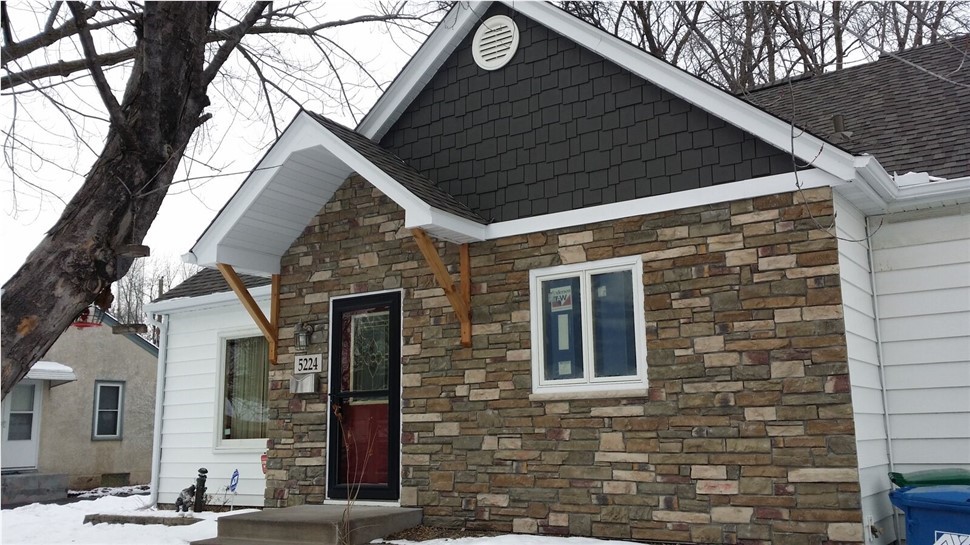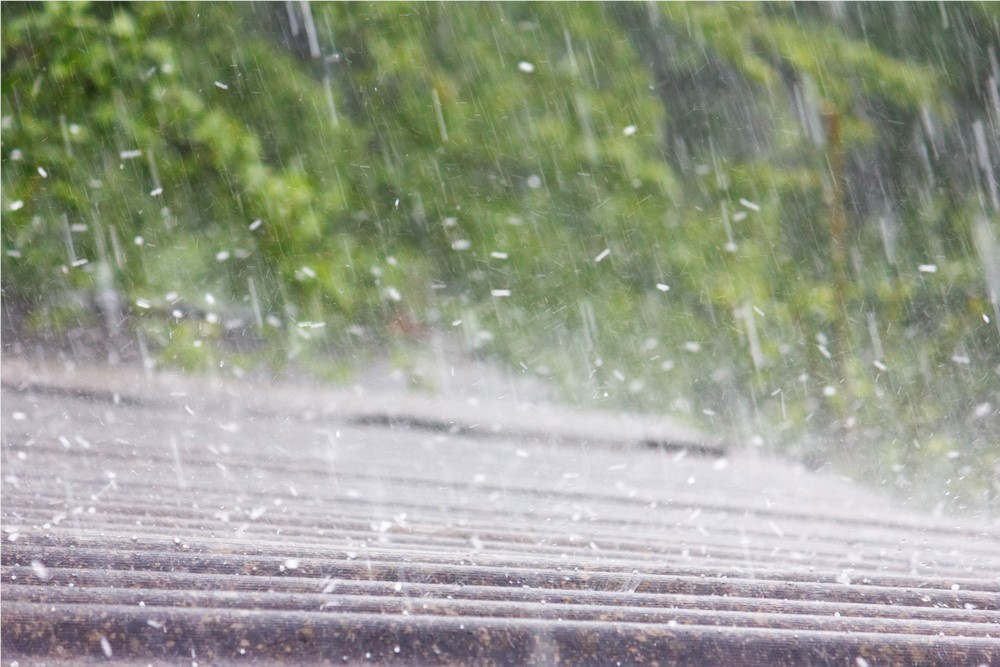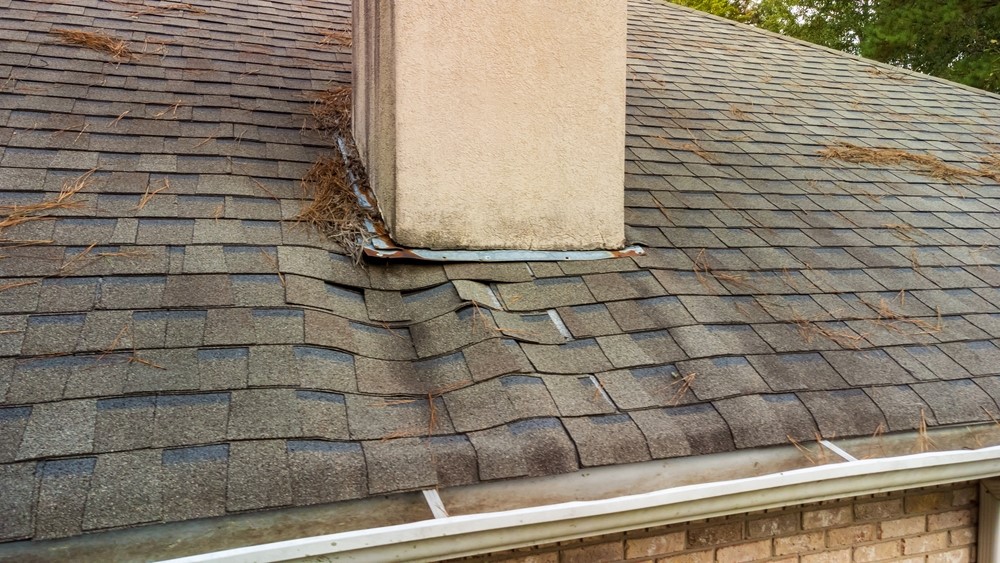How to Tell If Your Asphalt Roof Is Failing
The easiest way to evaluate the condition of an asphalt roof is to go outside after a hard rain and inspect the area right underneath a downspout. In the puddle of water, do you see more than a few roofing granules or grit? While it's expected for roofing shingles to slowly lose granules over time, the older a roof gets, the more granules it will shed. So if you've got a pile of them, that's an indication your roof is reaching the end of its life. Those granules are what protect the shingles, and once they have lost their protective coating, they won't last much longer.We don't recommend people go up on their roofs unless they are trained in roofing work. It's dangerous without the proper equipment, and you could easily fall and get hurt. But just standing in your yard you should be able to do a good visual inspection of your roof. Look for:
- Sections where shingles are missing
- Warped, cracked, or bent, or curled shingles
- Dented shingles (this can happen from severe hail storms, and a dent could be concealing a crack; this is a likely spot for a roof leak)
- Sagging or wavy sections
- Discoloration
 Inside your home there are two other things to check. First, look around at your ceilings as well as the areas where the wall meets the ceiling. Are there brown or tan stains? Is the paint or ceiling texture peeling? (The photo at right is typical of damage due to a leaking roof.)
Inside your home there are two other things to check. First, look around at your ceilings as well as the areas where the wall meets the ceiling. Are there brown or tan stains? Is the paint or ceiling texture peeling? (The photo at right is typical of damage due to a leaking roof.) The second thing to check is for light shining through the roof. Go up into your attic or crawl space on a bright, sunny day. (Noon, when the sun is directly overhead, is the best time to do this.) If you see small cracks of light, that indicates your roofing has failed - at least in those spots. And there may be more that you don't see. If light can get through, so can water.
We do want to point out that water leaks aren't always due to a failed or compromised roof; at times flashing is the culprit. In that case, simple repairs might take care of the problem. But you should never ignore a leaky or aging roof. If you see any of the items we've mentioned above, please contact us today for an evaluation of your roof. We are a licensed Minnesota roofing contractor serving the greater Minneapolis metro area.
Subscribe to Quarve Contracting's Blog







Comments